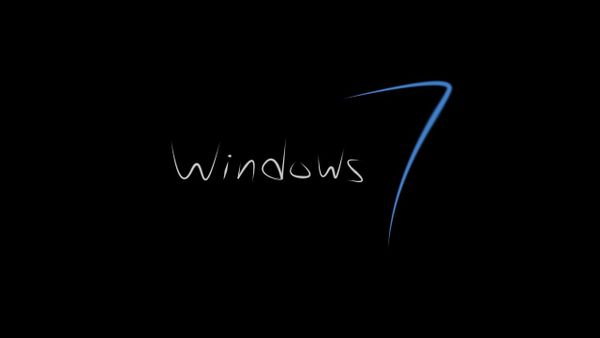Windows 7 Reaches End of Life

Windows 7, Windows Server 2008, and Windows Server 2008 R2 have reached their end of life, as Microsoft has stopped delivering all updates for the aging operating systems.
Microsoft has been warning users about the impending end of life for Windows 7 and Windows 2008 for a long time, and the January 14, 2020 date was written in stone. Starting today, Windows 7 users no longer receive security updates for the OS, no matter how important they might be.
Companies can continue to receive patches for their Windows 7 products, for a price, with the help of the Extended Security Updates (ESU) program, under an annual subscription. This program won”t be available for regular users.
There”s a time limit on Extended Security Updates (ESU) as well, and the support through this channel is scheduled to end January 2023. Microsoft will continue to support the Edge browser for the same length of time.
What doesn”t this mean, in practical terms? Users won”t notice anything out of the ordinary, as the operating system will continue to boot. The problem is that, as time goes on, Windows 7 will become more and more vulnerable.
The only course of action that regular users can employ, if they want to continue using Windows 7, is to install a security solution that still offers support for the operating system.
Despite the marketing push from Microsoft to get people to upgrade to Windows 10, the true and tried Windows 7 continues to occupy around 30% of the entire market.
tags
Author
Silviu is a seasoned writer who followed the technology world for almost two decades, covering topics ranging from software to hardware and everything in between.
View all postsRight now Top posts
How to Protect Your WhatsApp from Hackers and Scammers – 8 Key Settings and Best Practices
April 03, 2025
Outpacing Cyberthreats: Bitdefender Together with Scuderia Ferrari HP in 2025
March 12, 2025
Streamjacking Scams On YouTube Leverage CS2 Pro Player Championships to Defraud Gamers
February 20, 2025
How to Identify and Protect Yourself from Gaming Laptop Scams
February 11, 2025
FOLLOW US ON SOCIAL MEDIA
You might also like
Bookmarks








